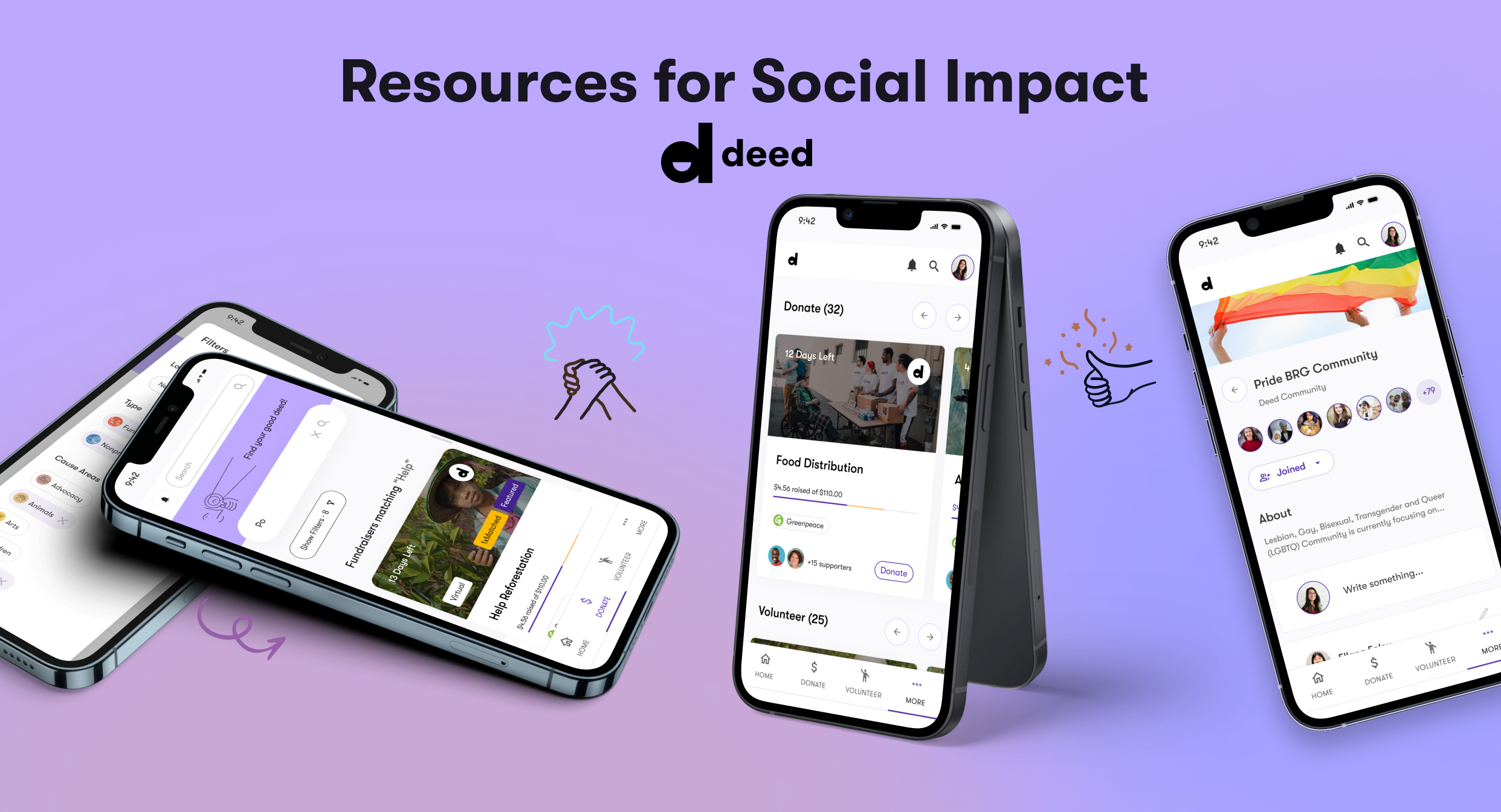[Social Impact 101] LGBTQIA+ Inclusion in the Workplace: How Fortune 500 Companies are Fostering a Safe and Supportive Environment
Over the past few decades, there has been significant progress towards achieving equality for LGBTQIA+ individuals in the workplace. However, discrimination and harassment based on sexual orientation and gender identity still exist in many organizations. It is crucial for companies to take proactive steps towards fostering a safe and supportive environment for their LGBTQIA+ employees. In this article, we will explore how Fortune 500 companies are leading the way in LGBTQIA+ inclusion.
1. Non-discrimination policies
Fortune 500 companies recognize the importance of having non-discrimination policies in place that explicitly protect LGBTQIA+ individuals from discrimination and harassment. For example, IBM was one of the first companies to add sexual orientation to its non-discrimination policy in 1984. Today, almost all Fortune 500 companies have non-discrimination policies that include sexual orientation and gender identity.
2. Diversity, equity, inclusion, and belonging training
Many Fortune 500 companies have implemented diversity and inclusion training programs that educate employees on the importance of respecting and supporting their LGBTQIA+ colleagues. For example, Coca-Cola offers a training program called "Journey," which focuses on the experiences of LGBTQIA+ individuals in the workplace and how to be an ally.
3. Employee resource groups
Employee resource groups (ERGs) are groups of employees who share a common identity or experience and come together to support each other and advocate for their needs within the company. Many Fortune 500 companies have established LGBTQIA+ ERGs, such as Microsoft's "GLEAM" (Gay and Lesbian Employees at Microsoft) and AT&T's "LEAGUE" (Lesbian, Gay, Bisexual, Transgender and Allies Employee Organizations). These ERGs provide a space for LGBTQIA+ employees to connect, share their experiences, and provide feedback to the company on how to improve its LGBTQIA+ inclusion efforts.
4. Benefits and policies
Fortune 500 companies are also leading the way in offering inclusive benefits and policies that support their LGBTQIA+ employees. For example, many companies offer same-sex partner benefits, gender transition support, and gender-neutral bathrooms. Additionally, companies such as Google and Apple have publicly advocated for LGBTQIA+ rights and equality, and have used their influence to push for legislative change.
5. Diversity metrics and reporting
Finally, Fortune 500 companies recognize the importance of measuring and reporting on their diversity and inclusion efforts. Many companies have established diversity and inclusion metrics, and some have even made this information publicly available in annual reports or on their websites. This transparency allows for accountability and provides a benchmark for companies to strive towards.
In conclusion, Fortune 500 companies are making significant strides towards fostering a safe and supportive environment for their LGBTQIA+ employees. By implementing non-discrimination policies, diversity and inclusion training, employee resource groups, inclusive benefits and policies, and diversity metrics and reporting, these companies are setting an example for others to follow. However, there is still work to be done to ensure that all LGBTQIA+ individuals feel valued and supported in the workplace. By continuing to prioritize LGBTQIA+ inclusion, we can create a more equitable and just society for all.


